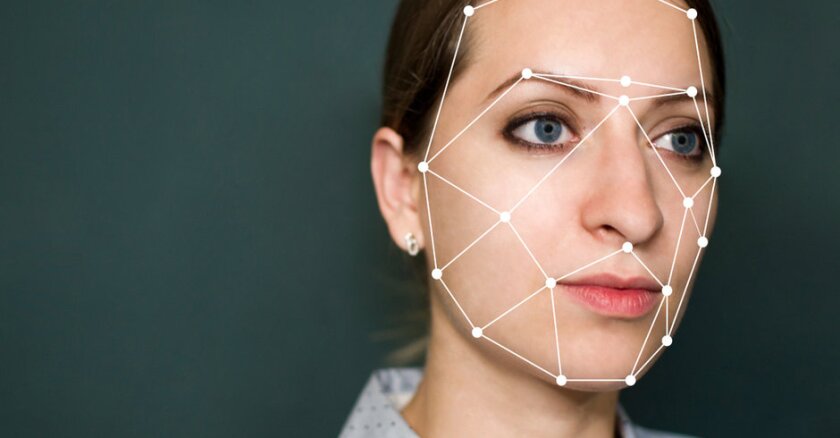
Deepfakes
Deepfakes are a form of artificial intelligence (AI-generated) media in which a person’s likeness, voice, or other characteristics are digitally altered or manipulated to create hyper-realistic videos, audio, or images. The term is a combination of "deep learning," a subset of AI, and "fake," reflecting the technology’s ability to create convincing but false representations. Deepfakes use machine learning techniques, particularly Generative Adversarial Networks (GANs), to analyze and recreate a person's facial movements, speech patterns, and body language, often making it difficult to distinguish between real and altered content.
The technology emerged in the mid-2010s, initially gaining attention in the entertainment and social media industries. Early applications included inserting celebrity faces into videos or altering the dialogue of actors in films. However, deepfakes quickly became a subject of concern due to their potential misuse. Deepfake videos can be used to create malicious content, such as fake political speeches, misleading news reports, or non-consensual pornography. This has raised ethical and legal questions about the impact of deepfakes on privacy, security, and misinformation.
Governments and technology companies have begun taking steps to address the risks associated with deepfakes. Some countries have passed legislation targeting the use of deepfakes in elections and protecting individuals from the creation of manipulated content without their consent. Additionally, platforms like Facebook, Twitter, and YouTube have implemented policies to detect and remove harmful deepfake content. At the same time, researchers and technologists are developing tools to identify deepfakes, utilizing AI to spot inconsistencies in facial features, lighting, and movements that may indicate manipulation.
Despite concerns, there are also legitimate uses for deepfake technology. In entertainment, it has been used to digitally de-age actors or recreate historical figures in films. It is also employed in fields such as education and accessibility, where it can help create realistic simulations or improve communication tools for people with disabilities.
Stichworte
Quellen







